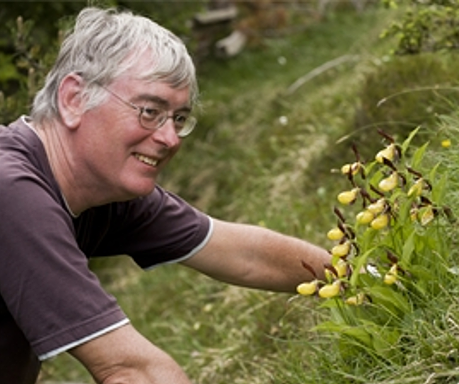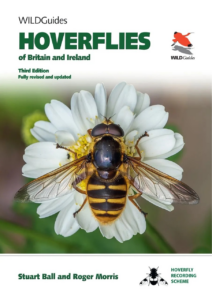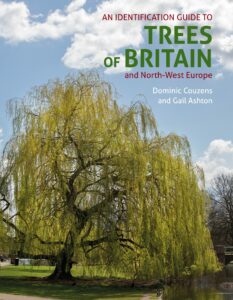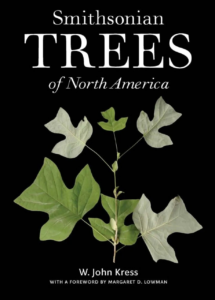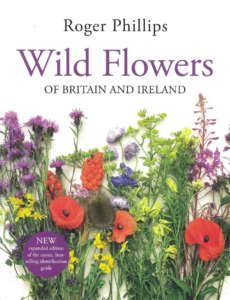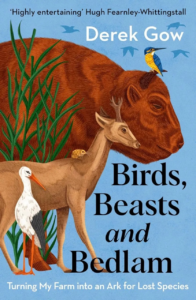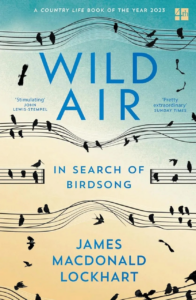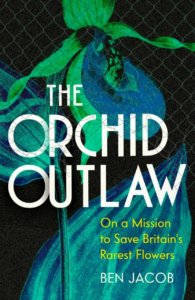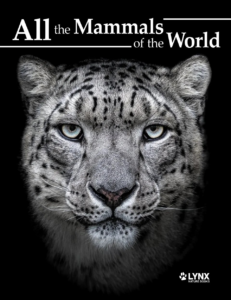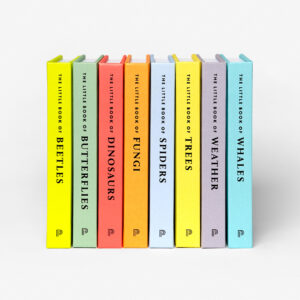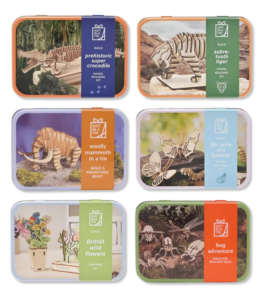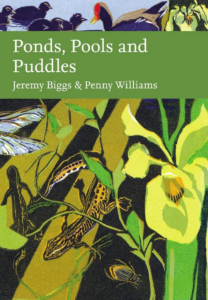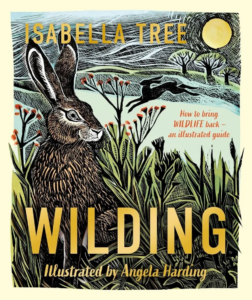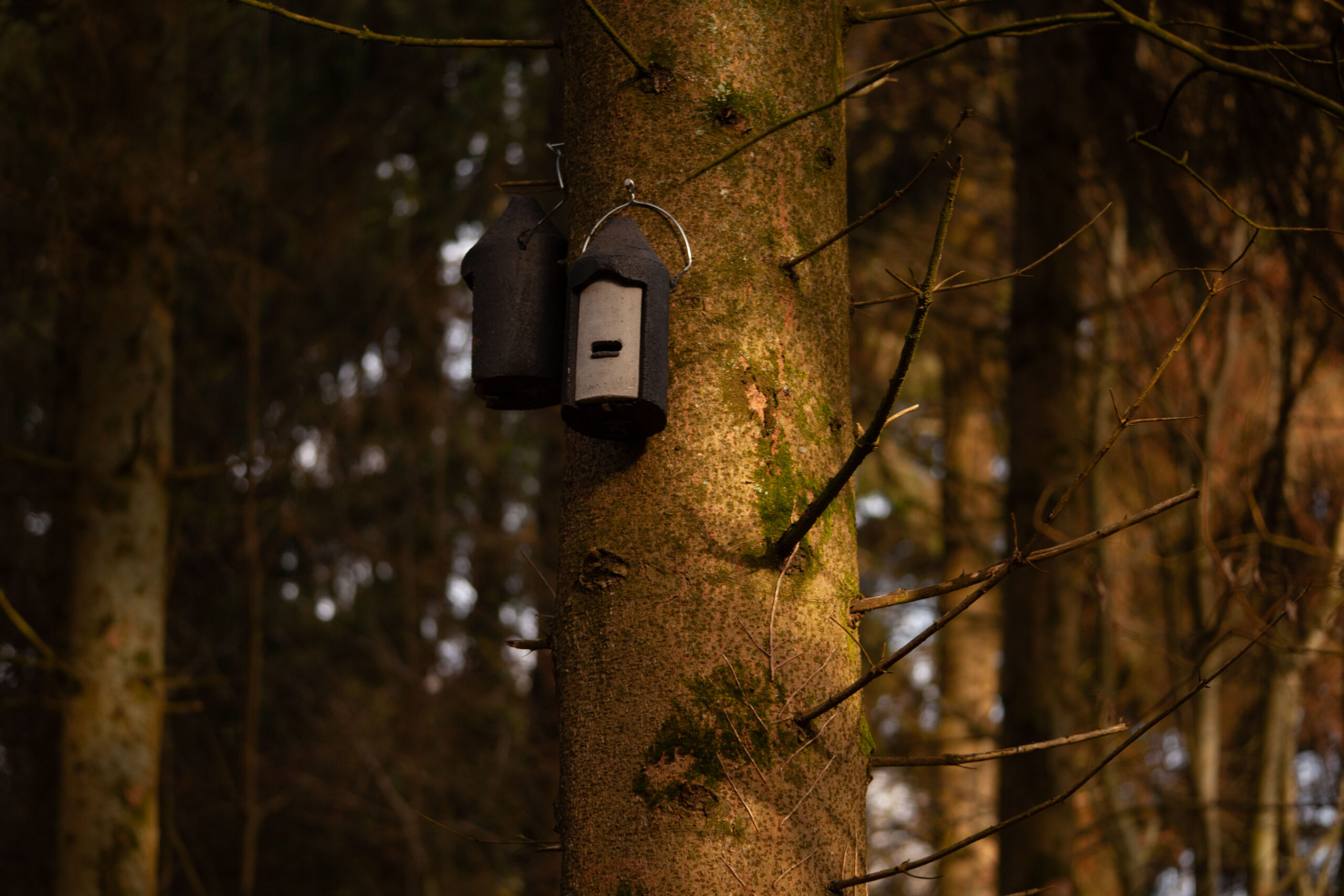Environment
An area larger than India has permanently degraded into arid conditions, research shows. Studies by the UN Science Policy Interface have reported that up to three quarters of the world’s land has experienced likely irreversible drying in the past thirty years and now, arid drylands make up 40% of land on earth. Driven by climate change, poor farming practices, excessive water extraction and many other factors, this drying could see significant decreases in crop yield, GDP, and a reduction in the capacity of the land to store water.

A two-year restoration project in Avon Heath Country Park will help to restore a rare habitat. Funded by Defra, £1.2 million will be used to restore this Site of Special Scientific Interest (SSSI) that is home to 2.5% of the world’s remaining lowland heathland. The 210-hectare site provides key habitat for all of Britain’s native reptiles, including Smooth Snakes and ground-nesting birds such as Woodlarks and Nightjars. Restoration work will involve the removal of invasive rhododendron, scrub and pine trees to rejuvenate the heathland and increase the availability of light for low-lying plants.
Conservation
A recent survey has shown that Grey Squirrels are invading Red Squirrel strongholds. Conducted by Red Squirrels Northern England (RSNE), the survey assessed 246 sites for an annual squirrel check. The survey found a rising presence of Grey Squirrels in Red Squirrel strongholds, a trend described as ‘concerning’ by RSNE project officers. These invasive, non-native species were found in 69% of surveyed sites, a 6.8% increase from last year and are now outnumbering Red Squirrels in Cumbria and Northumberland. However, RSNE successfully recorded a 2% increase of Red Squirrels in survey sites, up from 50% in 2023.
Cutting-edge technology is being used to inform forestry management in the UK. Forestry England is employing bioacoustic technology, environmental DNA (eDNA) and drones to inform conservation efforts across multiple sites. EDNA gathered from soil, air and water is being used to build a better picture of community composition across 21 forestry sites, and after four months of sampling, 5,000 unique fungal species and 1,000 invertebrate species have been identified. Bioacoustic data is also being gathered across four areas in Somerset, Dorset, Northumberland and North Yorkshire and will be used to track bumblebee activity through analysis of flight sound. This detailed data will be used to form a new biodiversity baseline to monitor the effectiveness of conservation efforts in the midst of biodiversity decline and climate change.

A reintroduction project has seen the return of Water Voles along the Severn shoreline, levels and moors of North Somerset and South Gloucestershire. Led by the West of England Nature Partnership (WENP) in collaboration with Bristol Zoological Society, the programme is seeking to restore intertidal habitats, wetlands and peatlands, and part of this will be actioned through re-establishing Water Voles in the area. Avon Wildlife Trust have observed evidence that these animals have returned to the area, contributing to the region’s Local Nature Recovery Strategy.
Policy
Angela Rayner has been met with criticism following an interview discussing Labour’s housing pledge. With plans to build 1.5 million homes and fast-track over 150 major infrastructure projects, wildlife protection may take a back seat. Rayner expressed concern for those who desperately need housing, stating that providing homes in the UK should not be sacrificed for wildlife protection. Despite critics deeming the targets ‘unrealistic’, Rayner assured that compliance with national building plans would be mandatory under Labour’s National Planning Policy Framework.

Vital scrubland habitats are at risk following Labour’s announcement to build on grey belt land. Prime Minister, Sir Keir Starmer, has pledged to build 1.5 million homes on redefined green belt land, known as grey belt land. With what some call a ‘vague definition’ of grey belt land, swathes of countryside could be sacrificed for housing developments, in areas that could have been transformed to woodland or wetland habitats. This traditional landscape is vital for wildlife, including birds, reptiles and amphibians, and could prove essential in meeting 30×30 targets.


